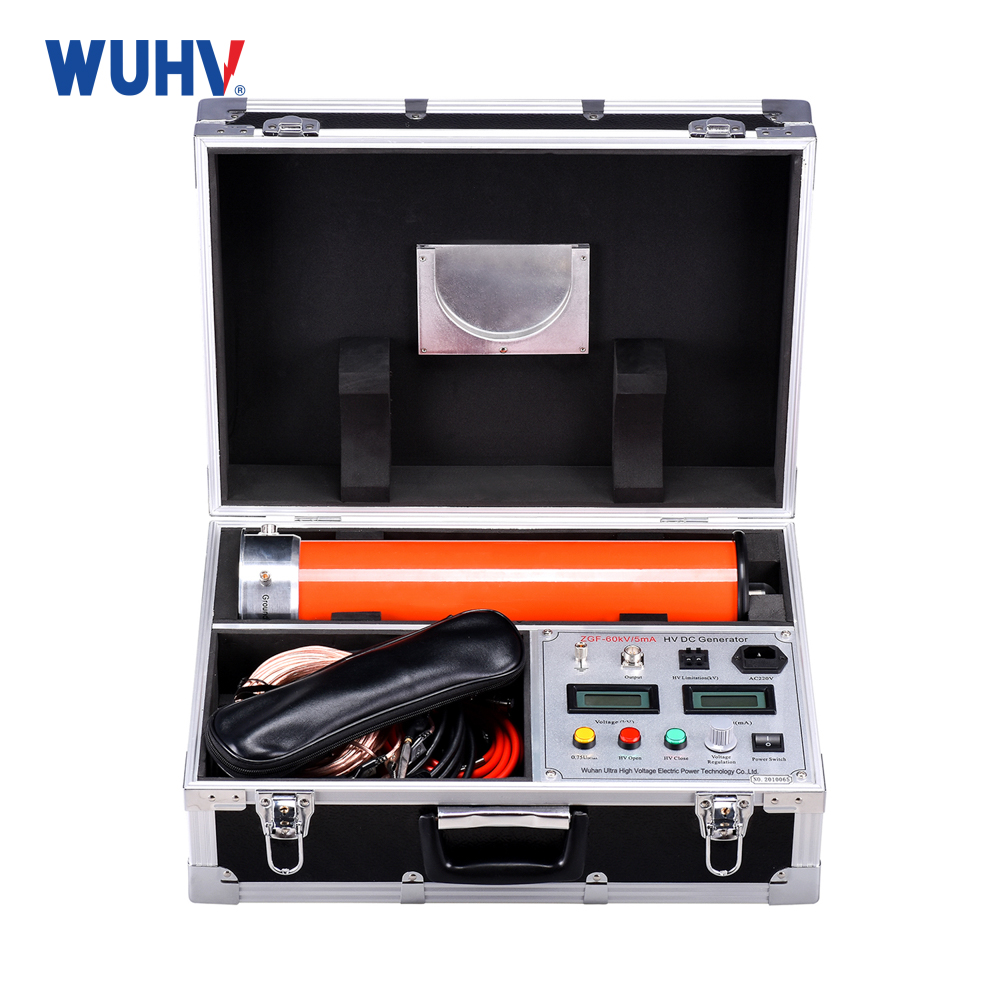The series resonance under UHV power can help many power workers conduct various power tests more conveniently.

For ideal L and C components, when series resonance occurs, the voltage on the L and C components is equal in magnitude and opposite in direction, and the total voltage is equal to 0 (resonant impedance is zero). When parallel resonance occurs, the current in the L and C components is equal in magnitude and opposite in direction, and the total current is equal to 0 (the resonant impedance is infinite).
Calculation formula for series resonance
When the series resonance occurs, the imaginary part of the impedance of the circuit is equal to 0, Z=R+jX, X=0, Z=R, so I=U/Z=U/R.
1. Resonance definition: The energy of components L and C in a circuit is equal. When energy is released by one of the reactive components in the circuit, and the other reactive component must absorb the same energy, an energy pulsation will occur between these two reactive components.
2. To generate resonance in a circuit, it must have two components: an inductor L and a capacitor C.
3. The corresponding frequency during resonance is the resonance frequency, also known as the resonant frequency, represented by f.
4. The conditions for a series resonant circuit are as follows:
When Q=Q ⇒ I2XL=I2 XC, that is, XL=XC, it is the condition for resonance to occur in the R-L-C series circuit.
5. Whether in series or parallel resonance, complete energy exchange is achieved between L and C during resonance. The released magnetic energy is completely converted into electric field energy and stored in the capacitor; At another moment, the capacitor discharges and converts it into magnetic energy, which is stored by the inductor
6. In a series resonant circuit, due to the same current flowing through series - L and C, energy exchange occurs through changes in voltage polarity; In a parallel circuit, the two ends of L and C have the same voltage, so the conversion of energy is manifested as two components with opposite current phases.
7. Inductance and capacitance are still two separate components during resonance, otherwise energy exchange cannot occur; But from the perspective of equivalent impedance, it has become a component: a resistor with a value of zero or infinity.
Resonant circuits have a characteristic that capacitance is equal to inductance, and if the circuit is resistive, then there is ω L=1/ω C. Since LC has known conditions, the frequency point of resonance can be calculated as the quality factor Q=ω L/R. If the quality factor is 28, then the parallel resonant circuit reduces the current by 28 times; If it is a series resonant circuit, then the voltage has increased by 28 times. The current voltage at the series resonant point is the applied voltage multiplied by the quality factor. If the known conditions tell you that the applied voltage is the peak value, then multiply it directly; If the known conditions tell you that the applied voltage is the effective value, then you need to multiply the calculated voltage by 1.414 to obtain the peak value.



















